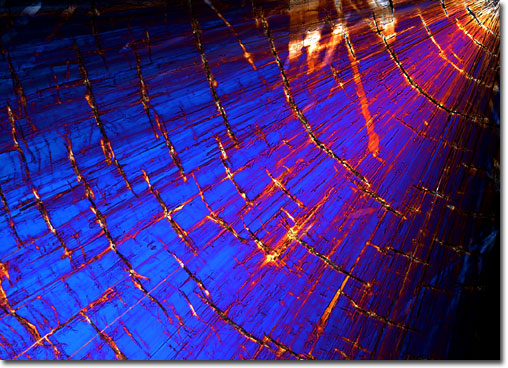|
An ATP molecule is composed of the pentose sugar ribose, the purine base adenine, and three phosphate groups linked together in a chain. The energy that is available to ATP is stored as chemical bonds between the phosphate groups. When the bonds are severed through the process of hydrolysis, the energy is liberated and free to be transferred where needed to facilitate movement, metabolism, or other bodily activities. Yet, ATP is not a storage molecule in the sense that carbohydrates and fats are storage molecules. Indeed, when a cell requires energy, the energy stockpiled in carbohydrates and fats is transformed into ATP.
|
